The living machine
Discover 12 of the most fascinating (and surreal) facts on the human body
Published on October 6, 2025
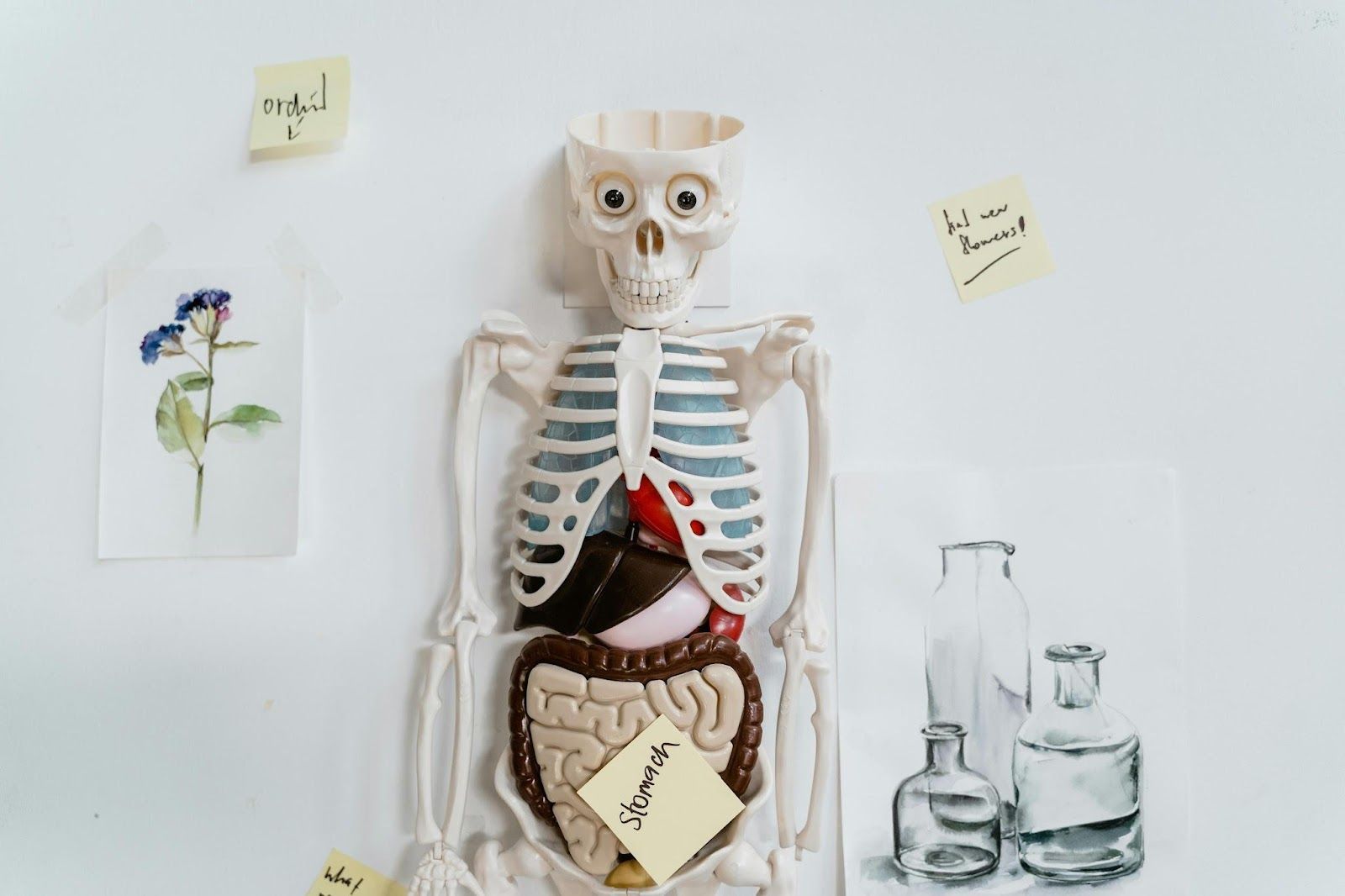 Credit: MART PRODUCTION
Credit: MART PRODUCTION
The human body is an incredibly sophisticated machine, full of mysteries. Throughout history, science has revealed fascinating facts about how it works, yet lesser-known curiosities continue to surprise and challenge our understanding. Are you ready to discover 12 fascinating quirks about your body that will leave you speechless?
Lungs
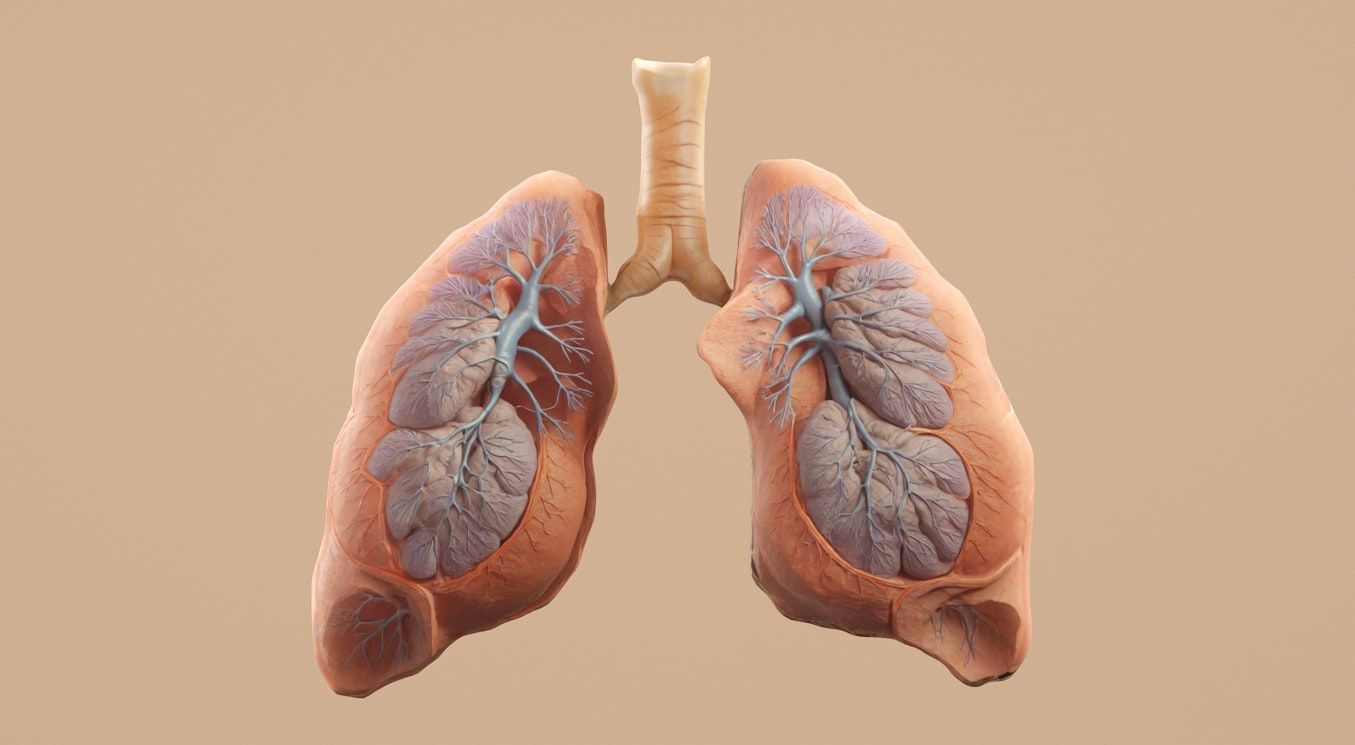 Credit: Aakash Dhage
Credit: Aakash Dhage
A person inhales and exhales over 2,000 gallons of air daily, taking roughly 21,000 breaths a day. We perform this action almost unconsciously, but it is vital to absorb oxygen and expel carbon dioxide.
Now, did you know the right lung is slightly larger than the left lung to make room for the heart? And that the lungs contain over 300 billion tiny blood vessels called capillaries that, if unfolded, would extend to 1,500 miles? Don't worry, you learn something new every day!
Nails
 Credit: xx
Credit: xx
The primary function of nails is to protect the fingertips, which contain a high concentration of nerve endings. In fact, this is one of the most sensitive areas of the human body.
Because they are more exposed, fingernails grow at a much faster rate than toenails. Fingernails grow about 1/8 inch per month, while toenails grow about half as much. Nail growth is also determined by factors such as weather, often speeding up during the summer. If you happen to lose a fingernail, it may take up to six months to grow back from base to tip.
Stomach
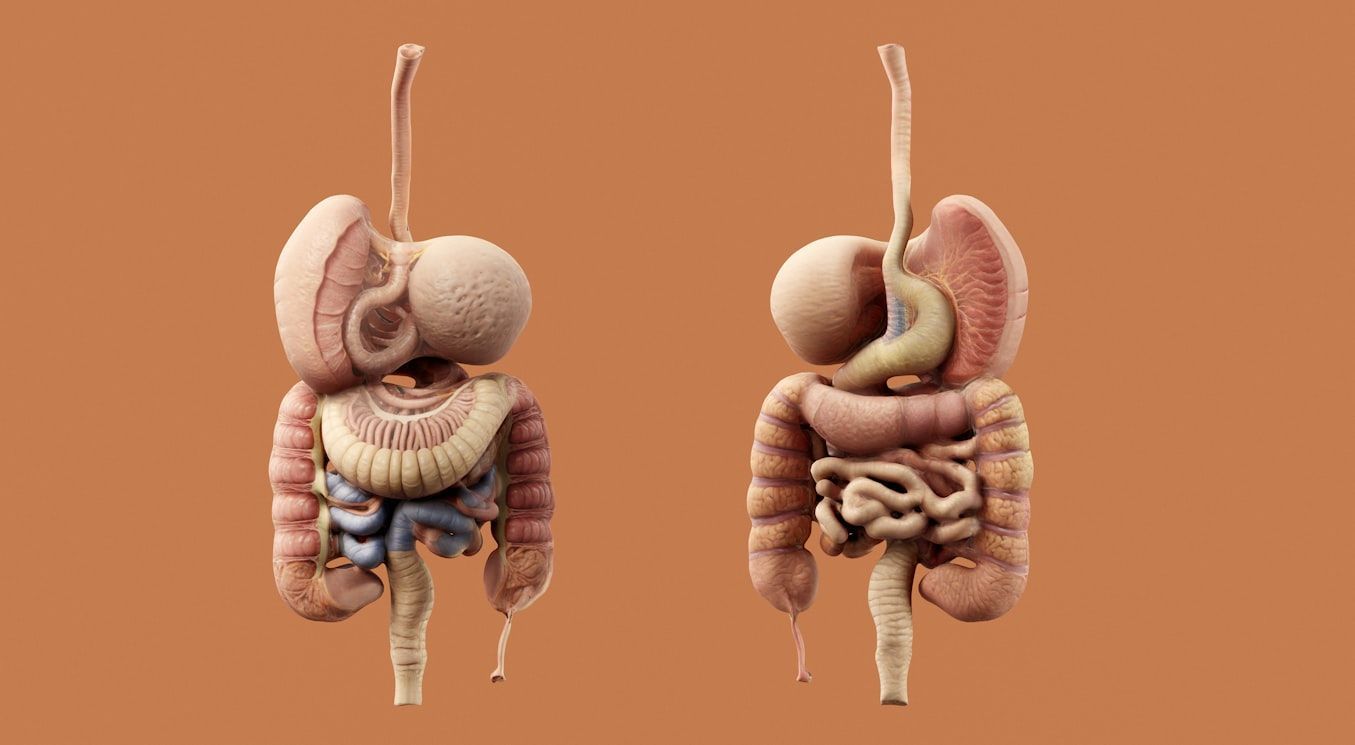 Credit: Aakash Dhage
Credit: Aakash Dhage
The stomach is a fascinating organ with many peculiarities. For example, it produces hormones that influence appetite and sleep, and it can stretch to hold up to 50 ounces of food when we eat.
But perhaps its most incredible feature is its production of hydrochloric acid, which kills bacteria and aids digestion. This acid is so potent that it can even dissolve metals such as zinc. Fortunately for us, the stomach has a protective layer of mucus that is renewed every three to four days. If this lining weren’t continually replaced, it would dissolve. In other words, your stomach would digest itself.
Height
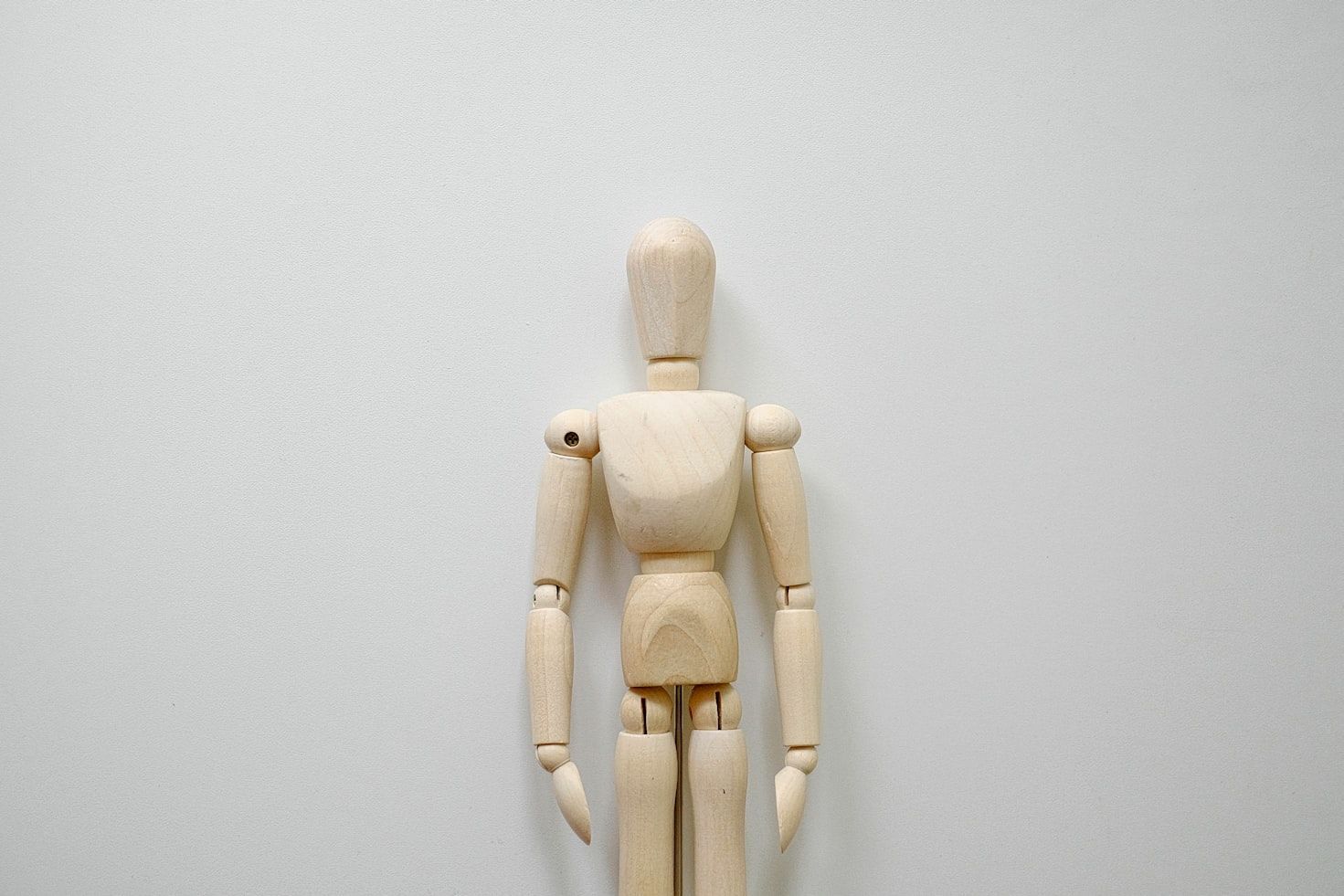 Credit: Surja Sen Das Raj
Credit: Surja Sen Das Raj
Your thigh bone, or femur, is the largest bone in your body, accounting for about a quarter of your total height. But did you know that human height can vary throughout the day and with age?
Every morning when you wake up, you are about 0.5 to 0.75 inches taller than when you go to bed at night. This is because the soft cartilage between your bones gets compressed by the force of gravity when you stand or sit. Starting in your forties or fifties, people gradually lose nearly half an inch of height per decade due to bone density loss, disc compression, and other age-related factors.
Skin
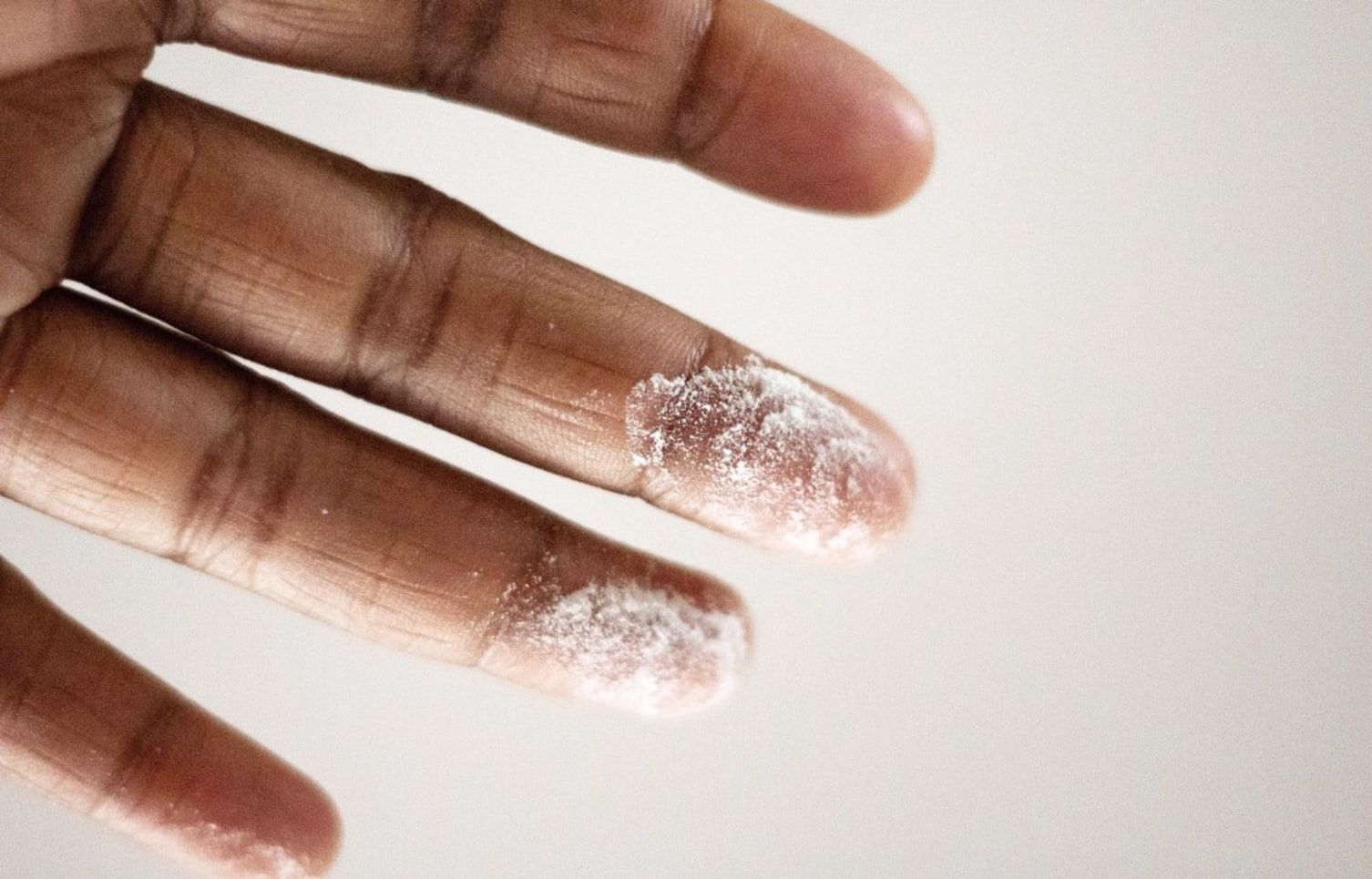 Credit: Leighann Blackwood
Credit: Leighann Blackwood
On an average adult, skin covers an area of about 20 square feet and has multiple functions. The outer layer, called the epidermis, consists of dead cells that help regulate temperature and protect the body from dirt and germs. But did you know that your body is constantly losing and replacing these cells?
Every minute, you shed more than 30,000 dead skin cells. In fact, the entire surface of your skin is replaced every month, which, in other words, means that you will lose around 40 pounds of skin and have around 1,000 different skins in your lifetime.
Bones
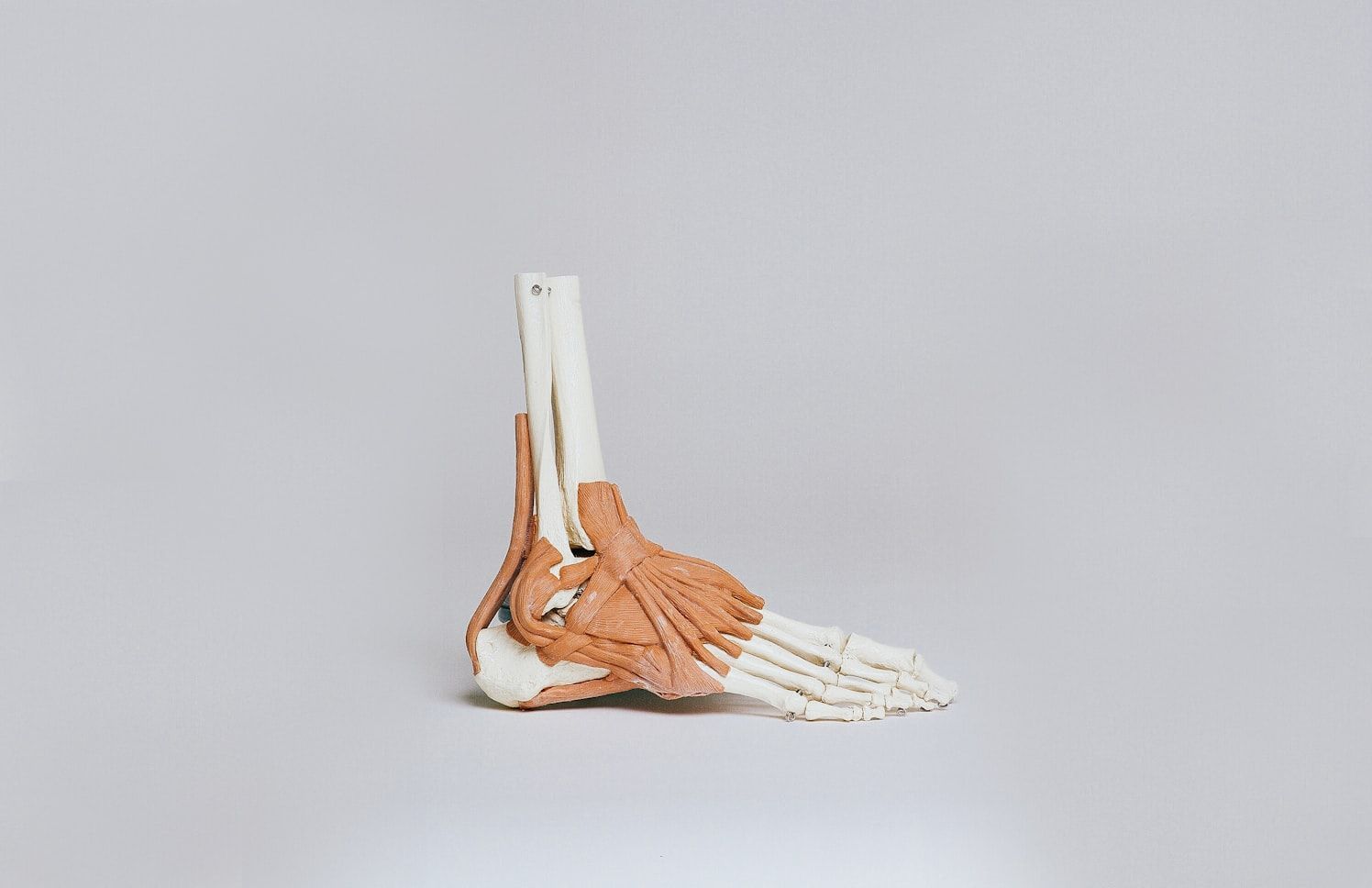 Credit: Nino Liverani
Credit: Nino Liverani
We all remember what we learned in school: the human body has 206 bones. However, at birth, humans have approximately 300 bones, many of which fuse as we grow, resulting in the 206 bones found in adults. More than half of these bones are located in the hands and feet, with 27 bones per hand and 26 per foot.
Another interesting fact about human bones is that they are as strong as granite. A small piece of bone can support up to 9 tons of weight!
Eyes
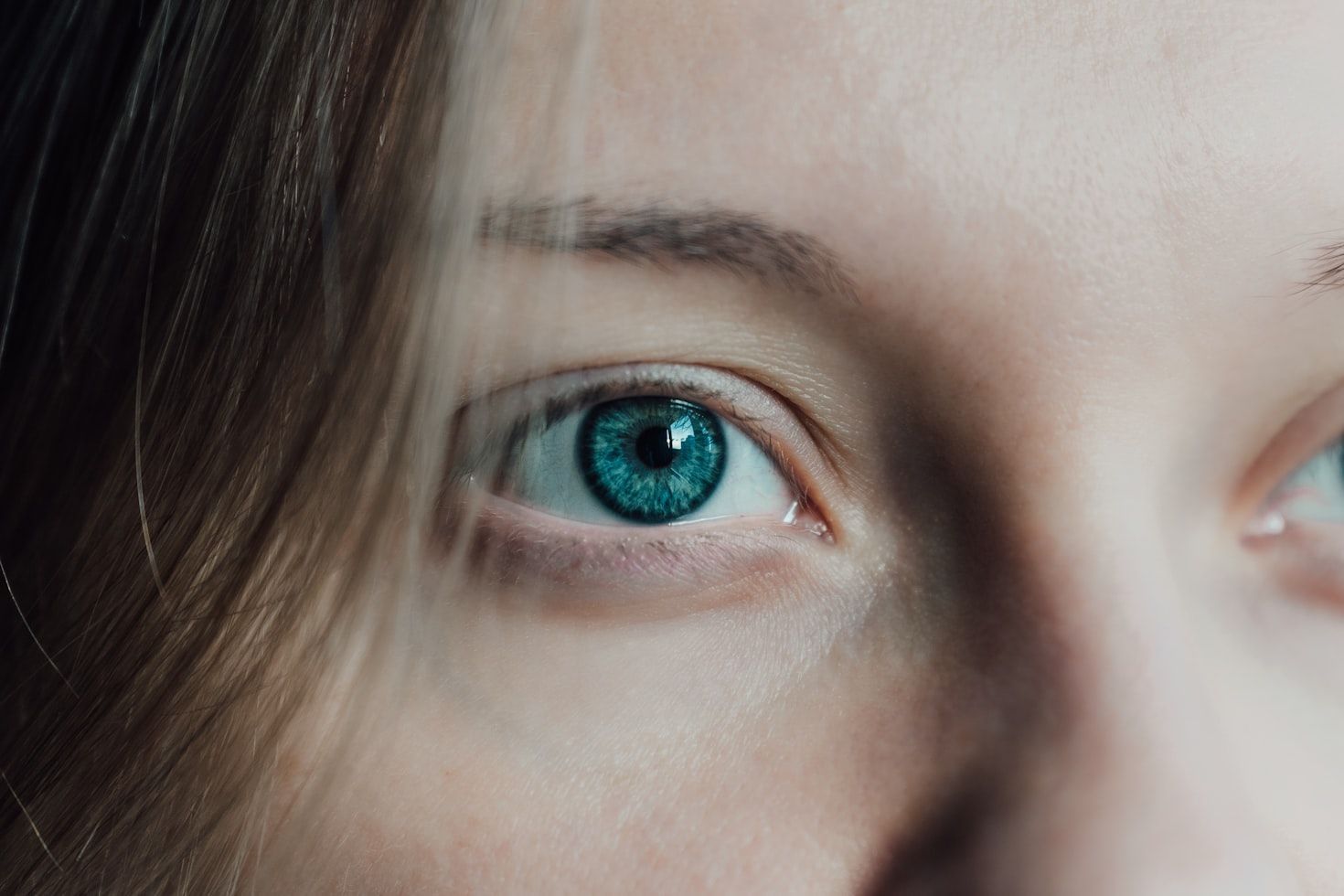 Credit: Vitalii Khodzinskyi
Credit: Vitalii Khodzinskyi
The eye is one of the most complex and fascinating organs of the human body. It can distinguish up to 10 million colors and adapts so quickly that it can adjust to extreme light conditions within seconds. Plus, your eyelids blink 15 to 20 times per minute, equivalent to roughly 10% of the time you spend awake!
If you have blue eyes, you are among the 8 to 10% of the world's population. Blue eyes result from a mutation that reduces pigment in the iris. Researchers believe this mutation first appeared in a person living in Europe 6,000 to 10,000 years ago, which means that all blue-eyed people living today share a common ancestor.
Food and drink
 Credit: Tony Litvyak
Credit: Tony Litvyak
The human body needs food and water to survive. In fact, water makes up approximately 50% to 70% of body weight, depending on age, sex, and body composition. While the body can survive up to seven days without food, it can only last about two days without water.
Have you ever wondered how much food and drink we consume? Here's the answer: The average person eats roughly 55 tons of food and drinks about 11,000 gallons of liquid during a lifetime.
Temperature
 Credit: Liana S
Credit: Liana S
We know that factors such as age, diet, physical activity, illness, and the time of day can influence temperature. In fact, body temperature tends to be lower in the morning and higher in the evening.
But here's the most surprising fact about body temperature: in just 30 minutes, the human body produces enough heat to boil half a gallon of water. Now that’s a figure you probably didn’t expect!
Tongue
 Credit: leyre del rio
Credit: leyre del rio
For its size and composition, the tongue is the strongest and most flexible muscle in the human body. It is covered with roughly 10,000 taste buds, each containing up to 100 cells that help you detect flavors ranging from sweet to spicy. As you age, some taste buds die and are not replaced, which is why younger people often have a more sensitive sense of taste than older individuals.
But here's a fact that will blow your mind: your tongue print is as unique as your fingerprints. From the impression of a tongue, it is possible to identify a human being with similar accuracy as with fingerprints or the iris of the eyes. Luckily, it’s not a technique commonly used by forensic police!
Veins
 Credit: Elīna Arāja
Credit: Elīna Arāja
Did you know that the human body contains about 60,000 miles of blood vessels, enough to circle the Earth two and a half times? Additionally, an average adult has roughly 1.2 to 1.5 gallons of blood circulating through the body. So why do veins look blue?
If you look at your wrists, you can probably see blue veins under your skin. It may sound strange, but the reason for this is to do with the way your skin absorbs light and reflects it back to your eye. So, now you know, nobody has blue blood, not even royalty!
Ears
 Credit: Franco Antonio Giovanella
Credit: Franco Antonio Giovanella
Your inner ear contains fluid that helps send information about balance and movement to your brain. This fluid is also the reason you sometimes get motion sickness. When you look out of a car window, your eyes signal to your brain that your body is moving, but because you are actually sitting still, your brain becomes confused, which can make you feel queasy.
Earwax is produced by your body to protect your ear canal from dirt, insects, and bacteria. Although we commonly call it "wax," it is actually a substance largely composed of dead skin cells and other secretions. By the time it reaches the outer ear, earwax has been inside your ear for about a month!













